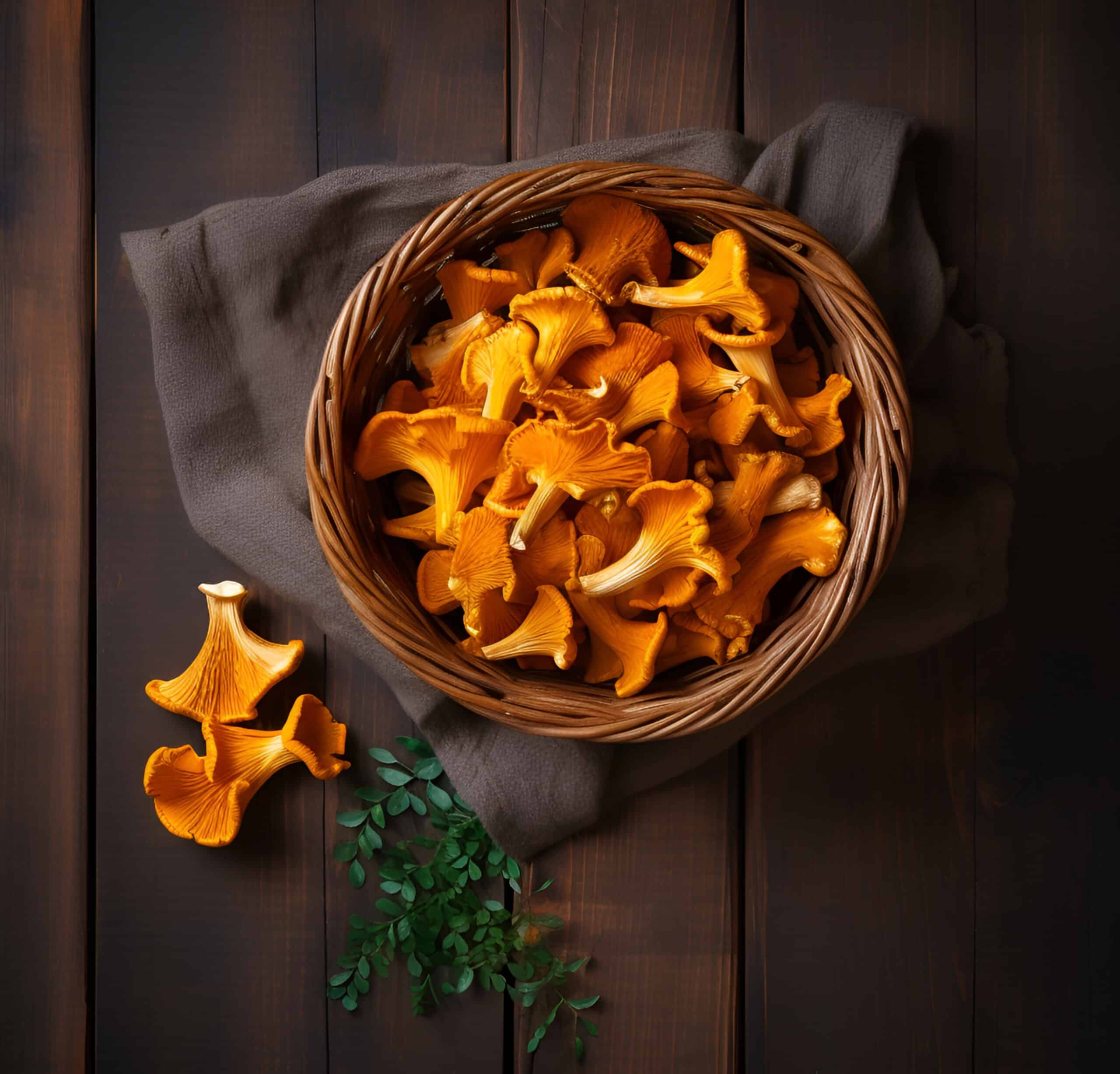How to Tell the Difference Between Chicken of the Woods and Jack O Lantern Mushrooms
Key Takeaways
- Chicken of the Woods mushrooms have flat, fan-shaped caps that range from 1 to 2 feet in size, while Jack O Lantern mushrooms have smaller caps that are typically a few inches to around 6 inches in diameter.
- Chicken of the Woods mushrooms have tiny pores on their underside, while Jack O Lantern mushrooms have true gills on the underside of their caps.
- Chicken of the Woods mushrooms grow on decaying hardwood trees and are edible, while Jack O Lantern mushrooms grow in clusters and are non-edible and toxic if consumed.
If you enjoy foraging for mushrooms, it’s important to be able to accurately identify the different species you come across. Two common mushrooms that can often be mistaken for each other are Chicken of the Woods and Jack O Lantern mushrooms. While both mushrooms have orange coloring, their characteristics and effects on humans differ significantly. In this article, we will explore the key differences between Chicken of the Woods and Jack O Lantern mushrooms to help you identify them correctly.
1. Appearance and Size
When it comes to appearance, Chicken of the Woods and Jack O Lantern mushrooms have distinct characteristics:
– Chicken of the Woods mushrooms have flat, fan-shaped caps that range from 1 to 2 feet in size. They are bright yellow or orange in color, often with a velvety texture.
– Jack O Lantern mushrooms, on the other hand, are smaller, with caps that are typically a few inches to around 6 inches in diameter. They also have an orange color, but may exhibit a bioluminescent glow in the dark, emitting a subtle pale greenish-yellow light.
2. Underside Structure
The structure of the underside of these mushrooms is another key characteristic to look out for:
– Chicken of the Woods mushrooms have tiny pores on their underside, which appear as small yellow dots. These pores release spores that aid in reproduction.
– Jack O Lantern mushrooms, however, have true gills on the underside of their caps. These gills are thin, rib-like structures that radiate from the stem.
3. Growth Habits
Understanding the growth habits of these mushrooms can also help in distinguishing between them:
– Chicken of the Woods mushrooms typically grow in shelf-like clusters on decaying hardwood trees, such as Oak, Maple, and Beech. They can also be found on fallen trees, tree bases, or even directly from the ground.
– Jack O Lantern mushrooms grow in densely packed clusters and can be found on various trees, including pines, firs, and aspens. They often appear in forested areas with a rich organic layer.
4. Bioluminescent Trait
One unique characteristic of Jack O Lantern mushrooms is their bioluminescence:
– Jack O Lantern mushrooms have a rare glowing quality in the dark, emitting a subtle pale greenish-yellow light. This bioluminescent trait can be visually striking and is not found in Chicken of the Woods mushrooms.
5. Edibility and Toxicity
Perhaps the most critical difference between these two mushrooms is their edibility:
– Chicken of the Woods mushrooms are edible and considered a delicacy by many. They have a mild taste and a texture similar to chicken, hence the name. However, it’s important to ensure proper identification and cook them thoroughly before consumption.
– Jack O Lantern mushrooms, on the other hand, are non-edible and can cause nausea, vomiting, diarrhea, and abdominal discomfort if consumed. They contain toxins that can lead to severe gastric distress. It is crucial to avoid consuming Jack O Lantern mushrooms.
Conclusion
In conclusion, being able to differentiate between Chicken of the Woods and Jack O Lantern mushrooms is essential for any mushroom enthusiast or forager. While both mushrooms share an orange color, their characteristics, growth habits, and edibility differ significantly. Chicken of the Woods mushrooms have tiny pores, grow on hardwood trees, and are edible, with a taste resembling chicken. Jack O Lantern mushrooms have true gills, grow in clusters, and are toxic if consumed. Always exercise caution and consult a mushroom expert or reliable sources before consuming any wild mushrooms.
Related Websites:
FAQs:
Q: What are the culinary uses and nutritional value of Chicken of the Woods?
Chicken of the Woods is prized for its tender texture and mild, savory flavor. It can be used as a meat substitute in vegetarian dishes or added to stir-fries, soups, and stews. It is low in fat, high in protein, and a good source of minerals like potassium and niacin.
Q: What are the key differences in appearance between Chicken of the Woods and Jack O Lantern?
Chicken of the Woods has bright orange to yellow shelves that overlap, while Jack O Lantern has a bright orange, gilled cap. Chicken of the Woods has a soft, fleshy texture, while Jack O Lantern has a thin, brittle texture. Additionally, Chicken of the Woods lacks gills, while Jack O Lantern has distinct, crowded gills.
Q: What are the preferred habitats and growing conditions for Chicken of the Woods?
Chicken of the Woods is commonly found on the trunks and branches of living or dead hardwood trees, particularly oak and beech. It prefers moist environments and is most commonly found in late summer and early fall.
Q: What are the risks associated with consuming Jack O Lantern?
Jack O Lantern is highly toxic and should never be consumed. It contains chemicals that can cause severe gastrointestinal distress and in rare cases, even organ failure. Accurate identification is crucial to avoid confusion with edible mushrooms.
Q: Why is accurate identification important when foraging for mushrooms?
Accurate identification is essential for safety when foraging for mushrooms. Mistaking a toxic mushroom like Jack O Lantern for an edible variety can have severe health consequences. It is best to consult an expert or reference reliable field guides to ensure proper identification before consuming any wild mushrooms.






